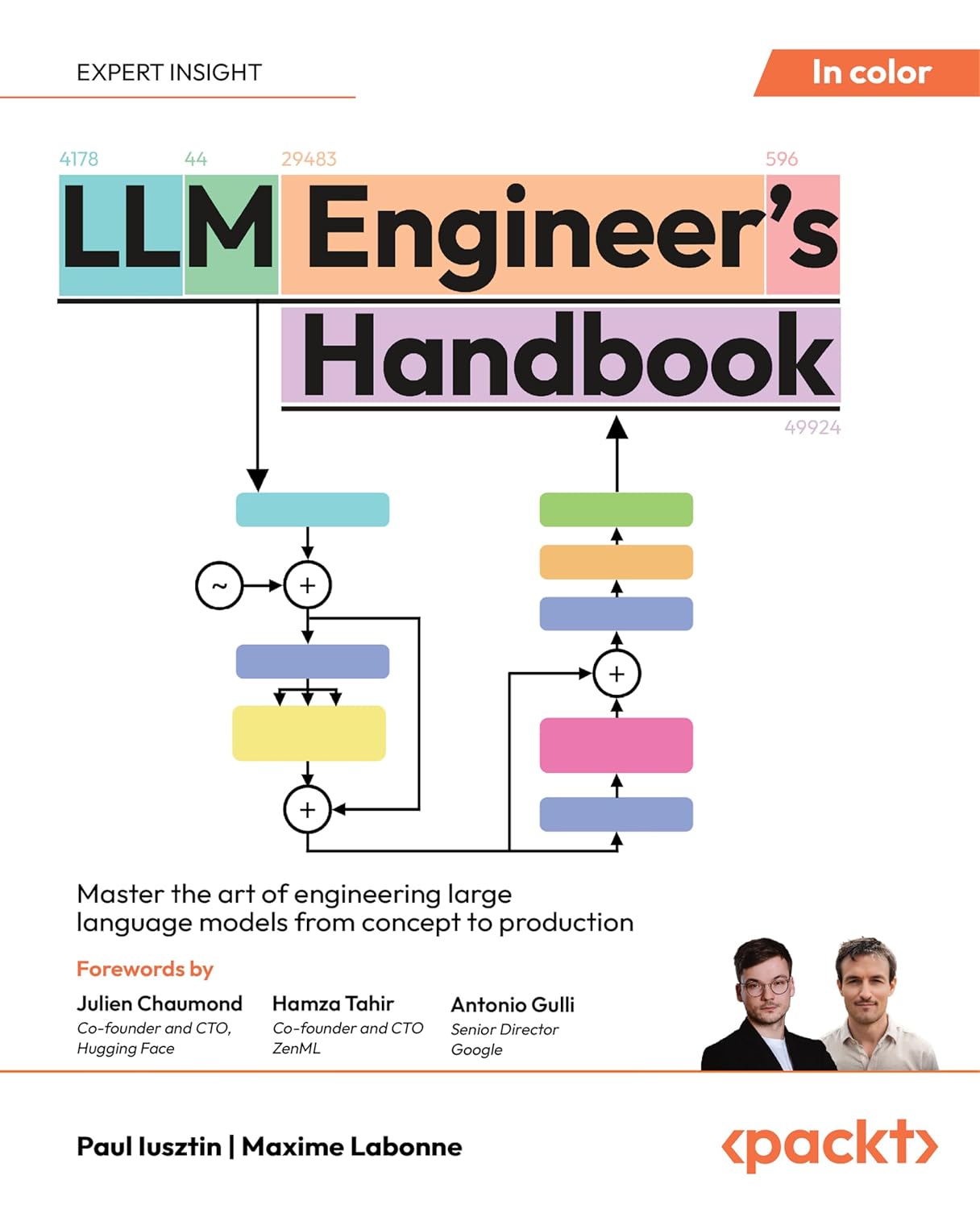
macOS and the Discipline of Effortless Productivity
When people think about productivity, they often think about the noise. The endless stream of notifications, the dozens of apps vying for attention, the chore of juggling windows and files. But productivity at its core is not about doing more; it is about removing friction. On the Mac, macOS achieves this not with flashy gimmicks but with subtle design decisions that slowly train you to work better, to work smoother, and ultimately, to forget about the machine altogether.
The very first step into this world begins with Spotlight. It is deceptively small, a search bar hiding in the corner of your screen. But once you make it a habit, it becomes your command centre. From launching applications to performing math, from finding forgotten PDFs to pulling definitions mid‑writing, Spotlight is the gentle whisper reminding you that work should move as fast as thought. The more you use it, the more you realise how much time you used to waste clicking and scrolling.
Finder, too, offers more depth than its plain appearance suggests. At a glance, it seems like every other file manager, but macOS has given it layers of hidden power. Tags allow you to cut across folder hierarchies, creating ad hoc collections of documents. Smart Folders generate living repositories that update automatically with rules you define. Quick Look previews documents instantly with a tap of the spacebar, sparing you from the drag of opening apps unnecessarily. Together, these features make files feel less like obstacles and more like fluid extensions of your memory.
As you grow comfortable with the basics, you discover Mission Control. Here, chaos becomes clarity. With one gesture, every open window is revealed, your desktop untangled into something the brain can actually parse. Paired with multiple Desktops, Mission Control lets you build zones of focus: a digital desk for writing, another for communication, another for research. Swiping between them feels not like moving through tabs but like stepping between rooms, each carrying its own mental context. It is a slight shift that makes an enormous difference in how much focus you can sustain.
Then comes the secret language of shortcuts. They begin as curiosities, faster ways to switch apps or capture screens. But soon they evolve into an invisible grammar. Command‑Tab becomes a natural reflex, Spacebar previews save you minutes daily, and Control‑Command combinations let you capture your thoughts before they vanish. The rhythm here is not about shaving off seconds; it is about continuity. With shortcuts, macOS dissolves into transparency. You stop interacting with a machine and start flowing through your own work.
For those willing to go further, Shortcuts itself is the real inflexion point. This automation engine turns sequences of chores into single actions. Imagine starting your day with a single button press that launches your entire workspace: writing apps open, Slack muted, your playlist queued, and documents arranged in place. Or consider a Shortcut that automatically renames and organises downloaded invoices before you even notice them cluttering your desktop. This is not about efficiency in the shallow sense. It is about conserving the mental fuel usually lost to repetition, leaving you freer for the work that matters.
Focus modes sharpen this advantage by curating your attention. Notifications are the small assassins of productivity. They slice your concentration into fragments too small to be useful. With Focus, you regain control, deciding who and what can interrupt you during different contexts. Deep work sessions can be silent fortresses. Meetings can filter only essential apps. Downtime can cut off everything but family calls. The genius here is not in silencing the world but in sculpting it, so the Mac becomes an ally guarding your focus rather than a conduit for distraction.
And then comes the ecosystem magic that glues it all together. Handoff allows you to draft an email on your phone and finish it seamlessly on your Mac. Universal Clipboard makes copy and paste feel like telepathy across devices. Continuity Camera turns your iPhone into an instant scanner, feeding directly into your desktop. Sidecar transforms your iPad into a fluid second screen. These are not tricks for tech demos. They are stitches in a larger fabric, where your devices stop competing for your attention and instead merge into a single, continuous workflow.
What makes macOS productivity different is that it never demands brute discipline. It does not try to force you into rigid systems or overwhelming dashboards. Instead, it chips away at friction, replacing micro‑annoyances with micro‑delights. Over time, these moments stack up. You begin to notice that you are spending less energy on the scaffolding of work and more on the substance of it. The operating system has receded into the background, and in that silence, focus finally takes root.
The more profound truth is that macOS does not make you productive by teaching you new tricks. It makes you productive by teaching you to think differently about work. The friction you eliminate is not just technical but cognitive—your energy shifts from managing files and windows to managing ideas and outcomes. Productivity becomes less about discipline and more about environment. In that sense, macOS is not just an operating system—it is a philosophy of flow. And once you adapt to it, every other system feels like swimming against the current.


